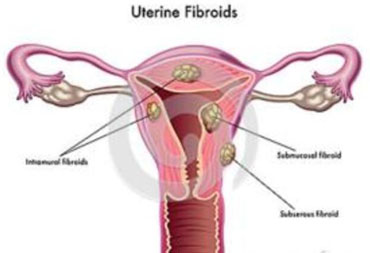
Introduction to Uterine
Fibroids
Uterine Fibroid tumors, or myomas, are benign (not cancerous) tumors that grow in or around the uterus and affect nearly 20 percent of women over 35 years of age. Diagnosis is generally made by your physician during your annual gynecological exam when your physician feels a mass. When a mass is detected, an ultrasound, MRI, cat scan, or a sonohysterogram, is often ordered as the next step in diagnosing the condition. Although most fibroids cause no symptoms, the estimated 25 percent of women who do have symptoms may have abnormal/heavy bleeding, pain during menstruation and/or sex, fertility problems, frequent urination, complications during pregnancy and delivery (typically requiring cesarean delivery), and as the fibroid tumors grow larger, a swollen abdomen.
From a fertility perspective, fibroids can inhibit implantation of a fertilized egg in the uterus. No one knows for sure what causes uterine fibroids, but we do know they are affected by the body’s levels of estrogen and progesterone. They grow rapidly during pregnancy, when hormone levels are high. They shrink when anti-hormone medication is used. They also stop growing or shrink once a woman reaches menopause.